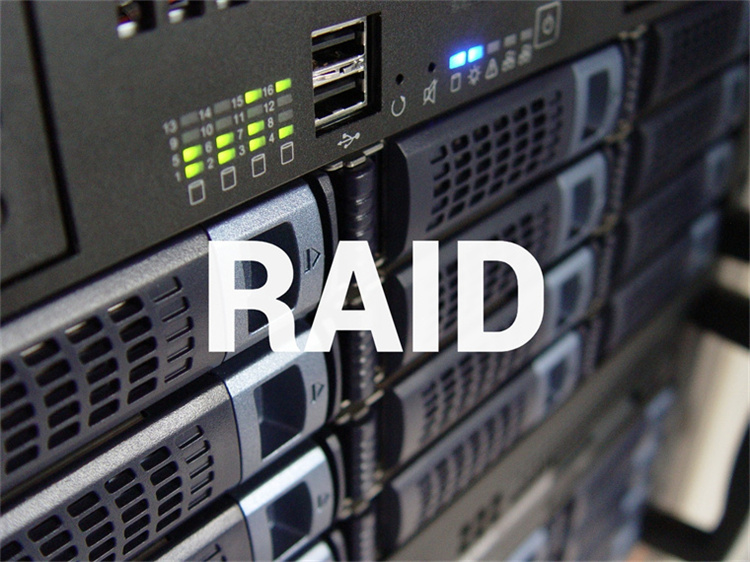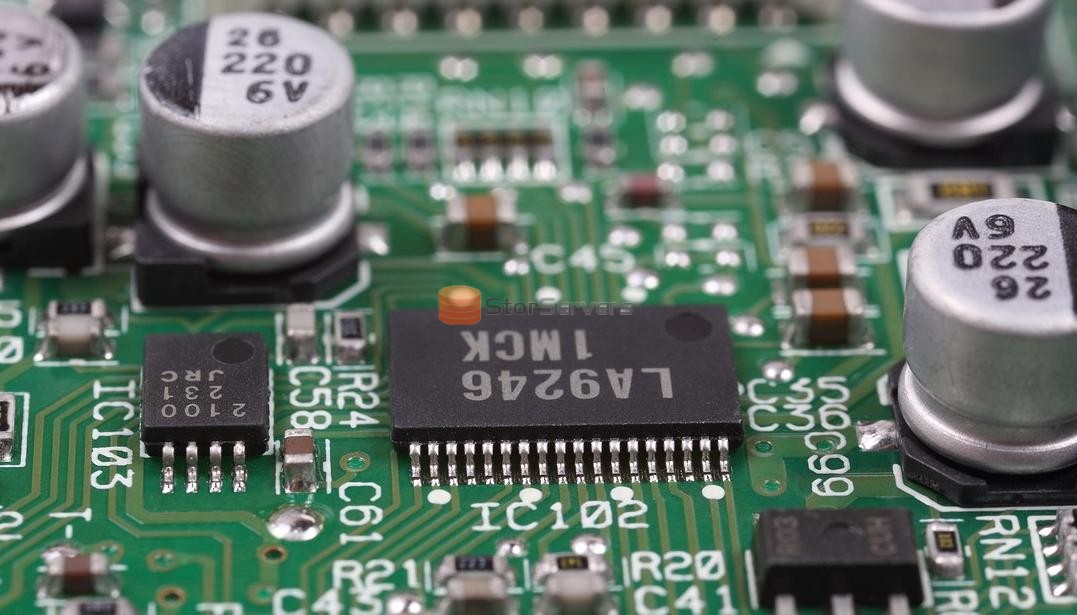 オペレーティングシステムにおけるRAIDの実装と構成
Aug 09, 2025
オペレーティングシステムにおけるRAIDの実装と構成
Aug 09, 2025
 サーバー RAID カードについて
Dec 06, 2024
サーバー RAID カードについて
Dec 06, 2024
 RAID カード キャッシュの 2 つの書き込みモード
Sep 02, 2024
RAID カード キャッシュの 2 つの書き込みモード
Sep 02, 2024